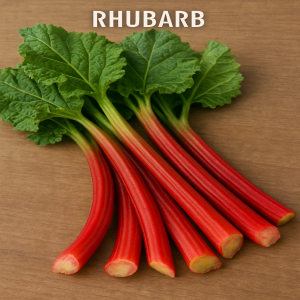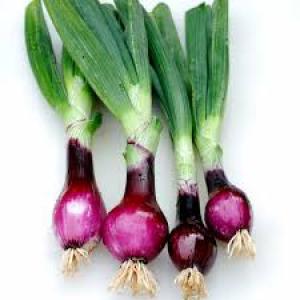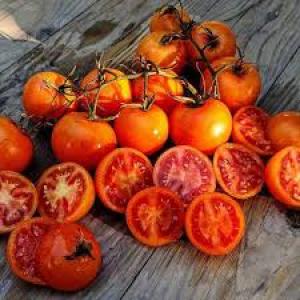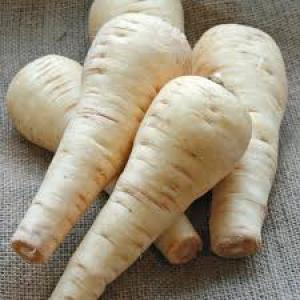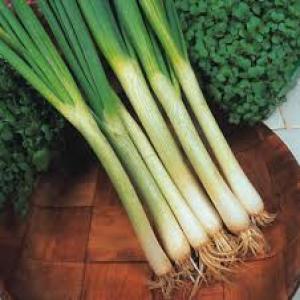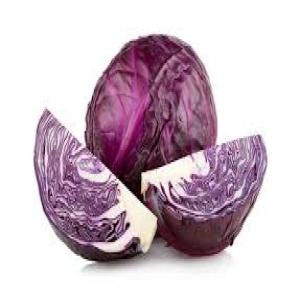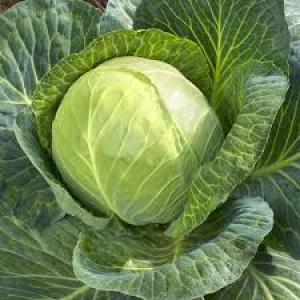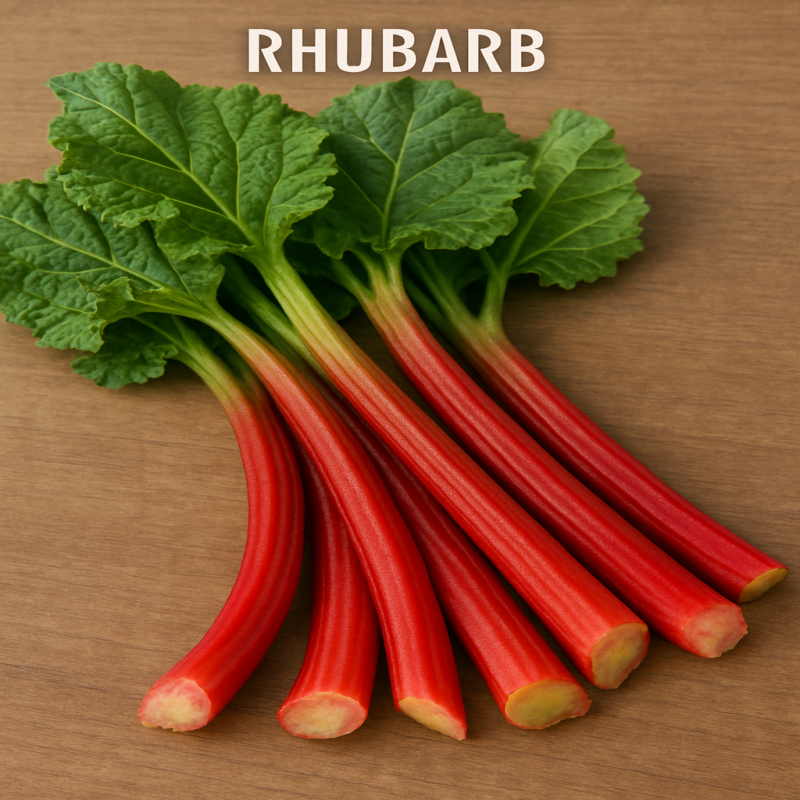

🌱 Rhubarb Organic | Grow Tart & Tasty Rhubarb at Home
Seed Information
- Plant Type Fruit / Vegetable
- Organic Yes
- Growing Difficulty Moderate
- Germination Time 14-21 Days
- Harvest Time 1st Harvest in 1-2 Years
- Best Season To Grow Late Winter to Early Spring
- SunLight Needs Full Sun / Partial Shade
- Water Requirements Medium To High
- Height Of Maturity 60-90 CM
- None GMO Yes
- UK Native No (Asian)
Rhubarb is a robust, cold-hardy perennial vegetable prized for its thick, juicy stems and distinctively tangy flavour. Grown from organic seed, it requires a little patience in the first year, but rewards you with generous, reliable harvests every spring for up to a decade or more.
This variety produces attractive red-green stalks and large, lush foliage, making it as ornamental as it is productive. Ideal for beds, borders, or dedicated rhubarb patches, it prefers fertile, well-drained soil and benefits from a winter chill to thrive.
-
Type: Perennial vegetable
-
Flavour Profile: Tart, fruity, and aromatic
-
Harvest Time: Spring from year 2 onwards
-
Sowing Period: February–April indoors or under cover
-
Transplanting: Harden off and plant out after last frost
-
First Harvest: Light picking in year 2, full harvest from year 3
-
Care Tips: Do not harvest in first year to allow root development
-
Certified Organic Seeds
Grow your own organic rhubarb patch from seed and enjoy sustainable, homegrown stalks for baking, preserving, and more—season after season.
🌿 Growing & Care Guide
A Tart-Sweet Perennial for Garden Borders and Raised Beds
Grow your own vibrant rhubarb with these easy-to-sow, non-GMO organic seeds. Perfect for long-term harvests, rhubarb returns each year stronger and more productive.
🛒 What You’ll Need:
-
Organic rhubarb seeds
-
Seed trays or small pots
-
Peat-free compost
-
A sunny windowsill or greenhouse
-
Garden bed or large container for transplanting
-
Mulch and organic feed (e.g. fish, blood & bone)
Organic rhubarb seeds
Seed trays or small pots
Peat-free compost
A sunny windowsill or greenhouse
Garden bed or large container for transplanting
Mulch and organic feed (e.g. fish, blood & bone)
🌿 Growing & Care Guide
1. Sow Indoors (Best Feb–Apr)
-
Fill trays or pots with moist, peat-free compost.
-
Sow seeds about 2cm deep.
-
Keep in a warm, sunny location (18–21°C).
-
Keep the compost moist but not soggy.
Fill trays or pots with moist, peat-free compost.
Sow seeds about 2cm deep.
Keep in a warm, sunny location (18–21°C).
Keep the compost moist but not soggy.
2. Germination
-
Seeds will sprout in 14–21 days.
-
Once seedlings develop true leaves, thin to the strongest one per pot.
Seeds will sprout in 14–21 days.
Once seedlings develop true leaves, thin to the strongest one per pot.
3. Transplanting
-
Harden off seedlings after the last frost.
-
Plant in well-draining soil, 60cm apart.
-
Choose a sunny, permanent spot – rhubarb will grow there for years.
Harden off seedlings after the last frost.
Plant in well-draining soil, 60cm apart.
Choose a sunny, permanent spot – rhubarb will grow there for years.
4. Feeding & Care
-
Enrich soil with compost or fish, blood & bone before transplanting.
-
Mulch in spring and autumn to retain moisture and protect roots.
-
Water during dry spells and remove flower stalks to boost growth.
Enrich soil with compost or fish, blood & bone before transplanting.
Mulch in spring and autumn to retain moisture and protect roots.
Water during dry spells and remove flower stalks to boost growth.
5. Harvesting
-
Do not harvest in the first year. Let the plant establish a strong root system.
-
In the second year, harvest sparingly from late spring onward.
-
Twist stems at the base to harvest. Never eat the leaves – they are toxic.
Do not harvest in the first year. Let the plant establish a strong root system.
In the second year, harvest sparingly from late spring onward.
Twist stems at the base to harvest. Never eat the leaves – they are toxic.
Sow once, harvest for years — enjoy the rewarding flavour of homegrown rhubarb.




